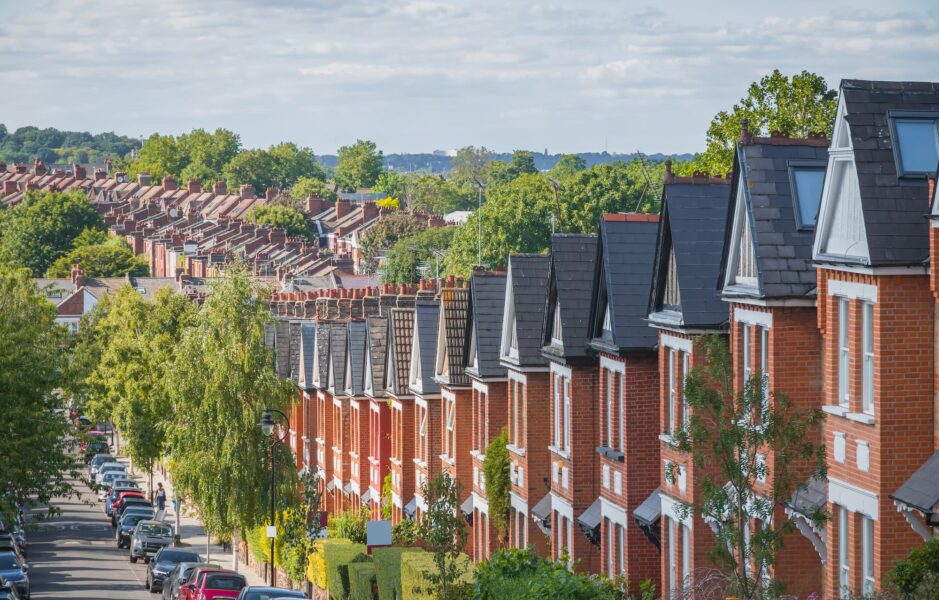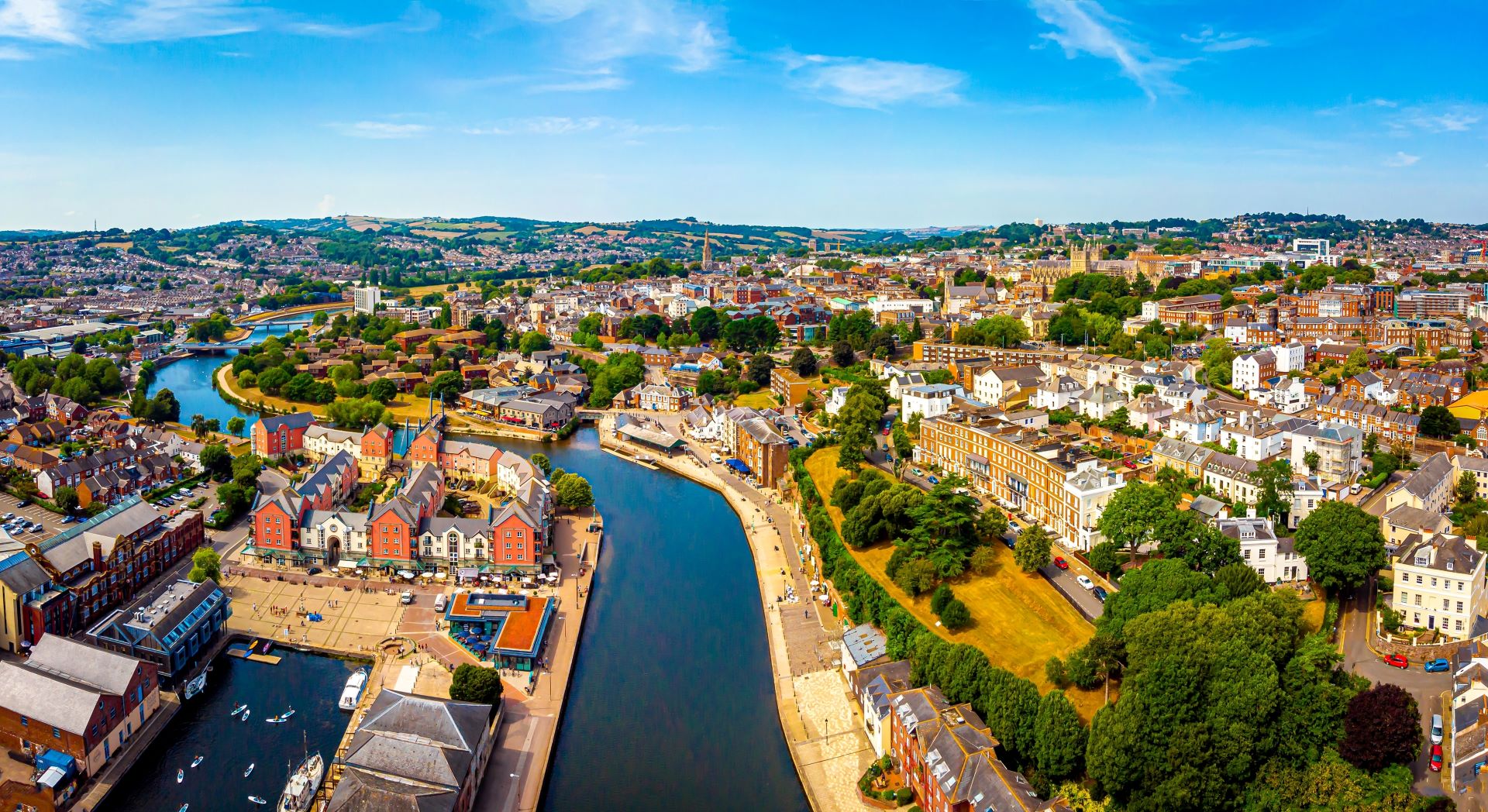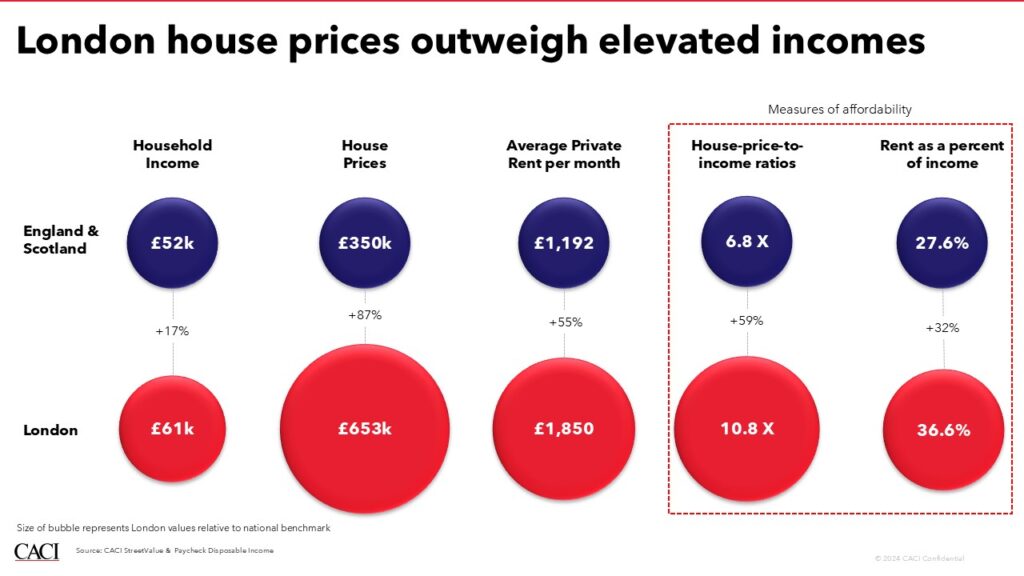A new sportswear retailer emerges on the international stage.
Gymshark, a fast-growing activewear brand, has been rapidly expanding its global reach and brand presence as it ventures into the world of brick and mortar. Having recently opened new stores in the UK (Stratford City), the Middle East (Dubai) and a pop-up concept in New York City, this brand with a prominent social media and predominately online presence is now rapidly infiltrating physical retail.
Despite not yet launching across wider Europe, it’s only a matter of time before these markets will be ventured into via physical pop-ups and stores. Selecting the right locations out of countless options may be a daunting task that comes with the territory, however. So, once the time comes for Gymshark to decide which locations to expand into that will maximise their increasing growing brand recognition and ROI, how should they effectively go about it?
In this two-part blog series, we’ll walk you through a hypothetical European market expansion for Gymshark in France, sharing how the brand can use data to accelerate and enhance their international store network strategies.
Three French cities that demonstrate viable market expansion potential based on insights taken from CACI datasets and segmentation tools will be focused on, as well as key takeaways that Gymshark (or brands in a similar position) could consider when it comes to international market expansion.
How France was identified as an optimal location for a Gymshark European expansion
CACI possesses a complete universe of defined retail areas to consider, a detailed understanding of different types of consumers and where they shop. This enables us to guide a brand like Gymshark to maximise success and value from go-to-market strategy and launch through to expanding into broader brand recognition and market share capture.
With this in mind, and with Gymshark expanding into physical and new regions, we investigated European markets that might fit their need should they decide to expand into Europe.
With Gymshark already a brand on CACI’s Brand Dimensions, a dataset tracking hundreds of the UK’s most popular and emerging brands to reveal spend, sales and average transaction value insights, key groups in French Acorn could also be identified.
Key Acorn groups were identified by using Brand Dimensions data followed by selecting key Acorn groups within French Acorn data, which correlated accordingly. In France alone there are over 10,000 retail areas, each with differing levels of existing premium clothing shops and competitors, types of customers, footfall, population and spend.
By comparing this to the expected view from Retail Footprint Europe, we could identify locations that were currently failing to engage Gymshark’s key shoppers but had the opportunity to.
From these collective findings, we were able to conclude the following three French locations that could benefit from the opening of Gymshark: Paris, Marseille and Besancon.
Why Paris would perform well in a Gymshark France expansion
According to our findings, Paris presents the highest performance potential and should be a primary focus for Gymshark. Aside from being the biggest city in France -an obvious bonus for any brand – Paris presents the best shopper demographic, a strong array of existing premium retailers and the ability to attract the relevant demographic groups that would align to Gymshark’s brand identity of being a premium retailer with similar retailers already in the centre.
Retail Footprint Europe enables the use of transactional data across brands to develop an understanding of the typical Gymshark shopper, brand positioning and establishing criteria for the most suitable locations for Gymshark to consider regarding new store openings.
Considering these criteria, Paris ranked incredibly high on Clothing and Footwear, with the Haussmann-Opera retail area Klepierre centre ranking among the top three across France.
Why Marseille would perform well in a Gymshark France expansion
Marseille presents itself as another viable option as our findings show it to be the middle ground between high affluence profiles and younger, ‘student life’ populations found in other larger, prominent French cities. The city’s strong clothing and footwear and high proportion of premium retailers also contributes to its performance potential. However, its lower ‘young and affluent’ target demographic runs a potential risk.
Why Besancon would perform well in a Gymshark France expansion
Despite Besancon presenting itself as more of a curveball, the granularity of our Retail Footprint findings demonstrate that in spite of its smaller size and lesser known location, the city is home to a strong clothing and retail offering including premium retailers, a high percentage of young and affluent shoppers and is overall more likely to attract the right shoppers.
Key takeaways that Gymshark can consider for a French market expansion
These aforementioned insights would enable Gymshark to better understand their long-term audience capture of sites through physical retail and experiment with different formats and experiential offerings.
Combining Retail Footprint data across Europe with demographic, transactional, brand alignment and footfall data can ultimately be used to shape an evolving store network strategy, and the national view further solidifies an understanding of the entire retail landscape of France.
Through these insights, Gymshark would be able to accelerate store openings with greater confidence and success if or when they decide to expand into Europe.
Ready to Find Your Next Market?
With insights from Retail Footprint Europe, pinpoint the best locations for your brand’s growth across Europe.
Stay tuned for next blog in this two-part series, where we’ll assess which Klepierre centres in these high-performing potential French cities could perform well in a Gymshark French market expansion.














